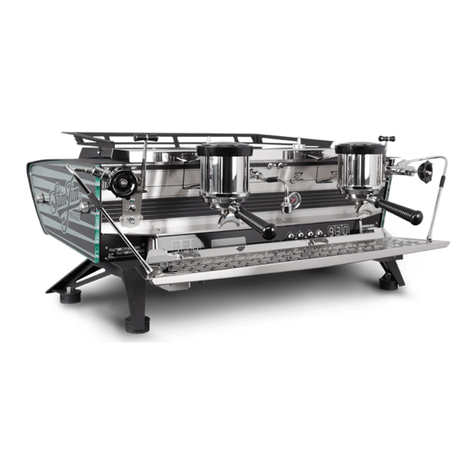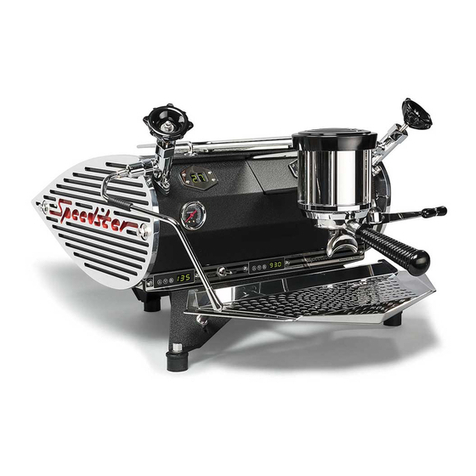Mirage technical manual page 1 of 65
Contents
Precaution.............................................................................................................................................. 2
Advice for installation personnel......................................................................................................... 2
Parts identification ................................................................................................................................ 3
Dimensions ............................................................................................................................................ 4
Footprints............................................................................................................................................. 4
Silhouette............................................................................................................................................. 4
Main characteristics.............................................................................................................................. 5
Abridged machine performance .......................................................................................................... 6
Notice.................................................................................................................................................... 10
Water quality........................................................................................................................................ 11
Note on this manual ............................................................................................................................ 12
Maintenance......................................................................................................................................... 13
Handy items while performing maintenance ..................................................................................... 14
Remove body panels......................................................................................................................... 16
Boiler temperature vs steam power................................................................................................... 19
Adjust brew temperature ................................................................................................................... 21
Adjust pump pressure........................................................................................................................ 23
Check water treatment system.......................................................................................................... 24
Anti-vacuum valve............................................................................................................................. 25
Grease wands and check play between nut and ball........................................................................ 27
Check tubing from mix-block to fitting for scale build-up................................................................... 29
Check restrictor in mix-block on scale build-up................................................................................. 30
Safety valve on steam boiler ............................................................................................................. 32
Expansion valve on manifold............................................................................................................. 34
Rebuild valves ................................................................................................................................... 37
Clean probes, level and safety.......................................................................................................... 39
Replace all solenoid valves............................................................................................................... 41
Drain all water when freezing is possible.......................................................................................... 46
Technical information ......................................................................................................................... 48
Electric scheme Mirage 1-phase, Duette .......................................................................................... 48
Electric scheme Mirage 3-phase: Duette high power/Triplette.......................................................... 49
Level control and water meters ......................................................................................................... 50
Mains switch Duette .......................................................................................................................... 50
Mains switch Duette high power/Triplette.......................................................................................... 51
Triplette connector block: 3-phase or 1-phase.................................................................................. 52
Problem solving................................................................................................................................... 53
Controller........................................................................................................................................... 53
Steam boiler temperature controller.................................................................................................. 55
Solid state relay................................................................................................................................. 57
Heating element ................................................................................................................................ 61
Heating element seal......................................................................................................................... 64
More information on our website....................................................................................................... 65
Contact information ............................................................................................................................ 65






































